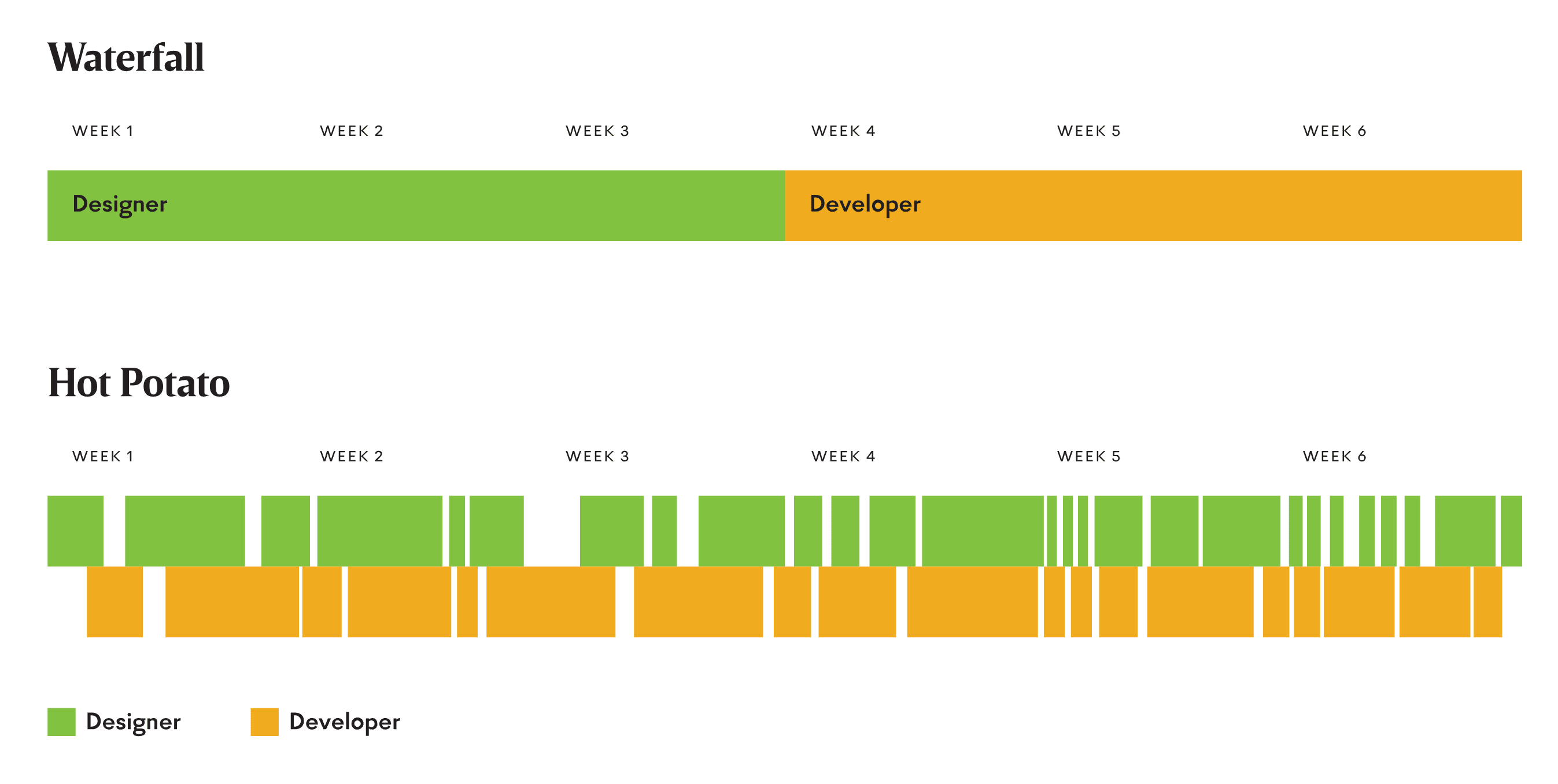How To Make A Strong Case For UX Research
Getting a buy-in for UX research is often remarkably difficult. Here’s how to flag assumptions, manage objections and explain the value of UX research.
So you want to conduct UX research, yet you find yourself constrained — by wrong assumptions and wrong expectations about what UX research actually entails. Research doesn’t have to be time-consuming. It doesn’t have to be expensive. And it doesn’t have to be disruptive. Let’s see how we can address reluctance and make a strong case for UX research.
Key Takeaways #
- Don’t assume that stakeholders don’t see value in research.
- They want to avoid disruptions, delays and minimize risk.
- They expect research to be expensive and time-consuming.
- The reluctance might be a fear of challenging status quo.
- Or a fear of uncovering failures and costs of fixing them.
- Or a fear of insights that conflict with top-level decisions.

How to measure UX research impact, a multi-level framework by Karin den Bouwmeester. Large view.
- Don’t mistake polite nodding for agreement or commitment.
- Best timing for research is when risk is high and clarity is low.
- Show how research can reduce risk and prevent costly failures.
- Design without research is guesswork driven by assumptions.
- Showcase previous successes of UX research in the past.
- Aim for impact: find similar problems for larger projects across teams.
- Don’t advocate for the value of UX research empty-handed.
- Pitch a research plan based on stakeholders’ goals and needs.
- Show a roadmap, goals, timelines, people involved and related costs.
- Explain how you will use the outcomes to guide design decisions.
- Ask for small but steady commitments to small-scale research.
Align UX Research With Stakeholders’ Objectives #
When you face reluctance from stakeholders, try to understand where it’s coming from. Study their KPIs, goals, constraints, priorities — and try to align your research with stakeholders’ objectives. As Erika Hall famously suggested, build a strong relationship with a person before trying to change their mind.
Most importantly, study their previous experiences with research initiatives. Try to find specific reasons for reluctance. Chances are high that the outcome of research stirred conflicts or problems that they’d like to avoid. In fact, they might not be against research, but the consequences that come along with it.
There is never enough research. Yet most successful products come from continuous research that informs and guides design and business decisions. Start slowly, get small but steady commitments and progress from there.
It might not take too long for research initiatives to be noticed, appreciated, supported — and perhaps even initiated by top-level management.
Further Reading #
-
Treat Stakeholders Like Users, by Nikki Anderson-Stanier, MA
-
How to Measure UX Research Impact, by Karin den Bouwmeester
-
The Business Case For UX research, by Miłosz Michałowski-Żuk
-
Showing the Value of UX Research: The Ultimate Guide, by Carrie Gehrhardt
-
UX Research Statistics to Win Over Stakeholders, by Lizzy Burnam



